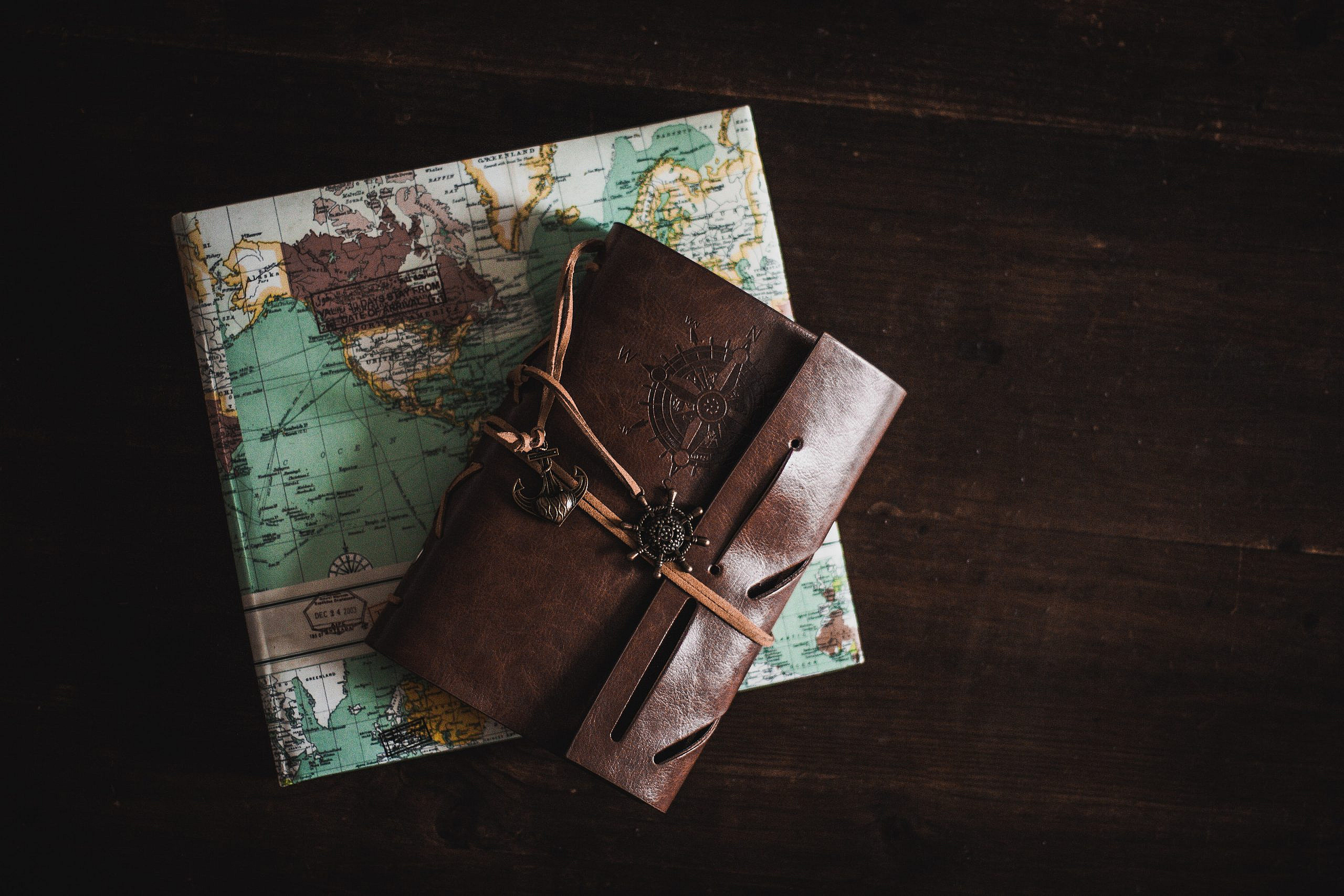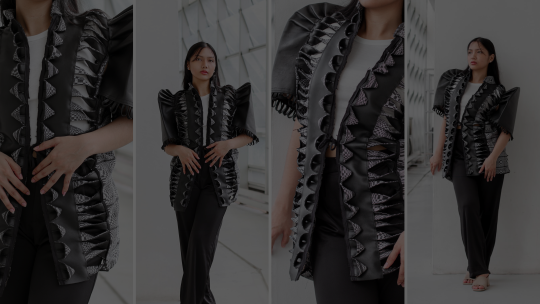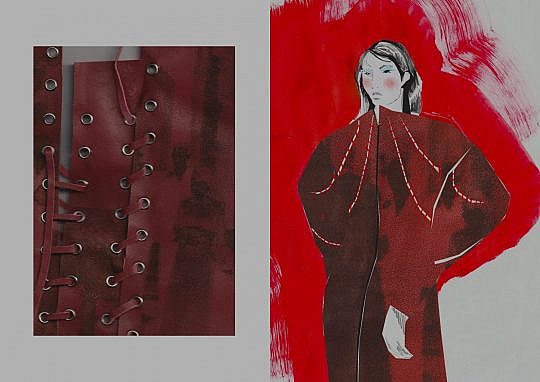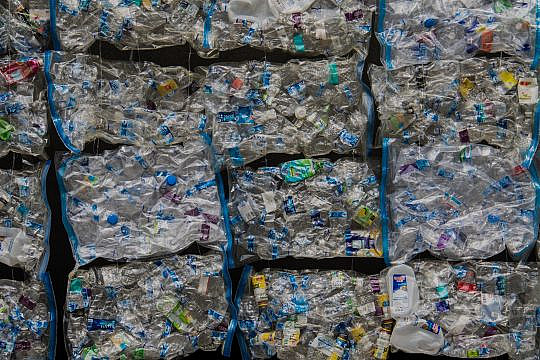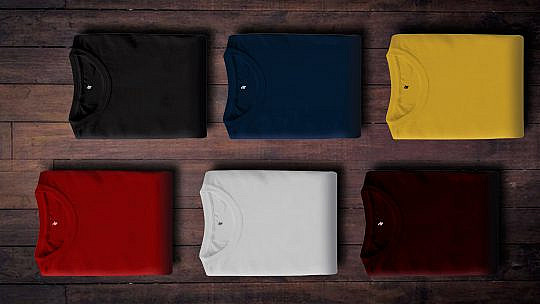Not all leather is equal. It may be easy to find, but getting the best quality can be tougher, which is why sticking to established regions of leather craftsmanship can be a safe route to quality products.
It’s a material that has been used for centuries, coveted for its durability and adaptability, whether it be for protection, footwear or saddles. There were historic leather centres but these days, leather is produced all over the world, using local methods and traditions. ‘Leather Locations’ is a three-part series, taking a closer look at the leather industries in notable countries across Europe, the Americas and Asia.
In Part II, we look at the Americas…
ARGENTINA
Having visited Argentina a few times, I can indeed confirm the beautiful and illustrious tradition of leather manufacturing the country holds. This vast south American country is famous for cattle rearing, so it’s no wonder that the by-product of their meat and dairy industries is used for high quality leather goods. The large amounts of space and temperate climate make this region ideal for cow-rearing, and by default, leather.
Tanneries in Argentina date back to at least the 18th century, with records of European exports in the 1790s. With this heritage in mind, Argentinian leather today appears in many forms. You can find incredibly hard-wearing gaucho pieces, as well as refined polo boots, which Argentina is famous for. On the other end of the spectrum, there are brands using local leather to design for modern life and contemporary tastes. A few names to look out for are b.lit bags in Palermo Soho, Calzados Correa for bespoke shoes in Almagro, or Las Cabrera, founded by three sisters, in Palermo Chico. Whichever style you choose, there is great pride taken in handmade or hand finished goods, which all have an Argentinian edge to them.
USA
Moving north to the USA, tanneries were established as early as the mid 17th century by European settlers in New England. Shoemaking held the largest number of workers compared to other industries in the mid 19th century, with techniques evolving to be more durable and easier to manufacture in greater quantities. In the late 19th century, mechanized manufacturing took over most handcrafted leather making, as well as sewing machines becoming more popularised, increasing productivity even more.
The 1900s saw a decreased demand for leather as new materials became popular, for instance, rubber and plastics for sneakers. Then came a huge surge in leather imports from centres like Italy, and the domestic trade fell even more.
As the US has a large cattle industry, leather hides are a natural by-product of this. The hides themselves are less than 2% of a cow’s total value, with 33m hides processed as a result in the US alone (approximately 10% of the global number). Currently, the US has roughly 110 leather manufacturing facilities, with 95% of hides and non-dyed leather exported.
Even though leather is mostly an export trade nowadays, there are plenty of highly skilled leather makers re-establishing the American manufacturing history from centuries ago. Lotuff handmakes all of their products in Providence, and are proud of their vegetable tanning process, “It is the careful attention of dedicated tanners and their refusal to compromise on materials and the time necessary to achieve the desired result that differentiates our vegetable-tanned leather from all other leathers available in this specialized market.” Their prices reflect this considerable time investment, but the outcome is most likely worth it.
Notable US leather manufacturing companies include Rawlings, famous for being the official ball suppliers of Major League Baseball as well as for their wider range of sporting and leisure equipment, and Hermann Oak, tanners and equine equipment manufacturers since 1883.
Compounding two American traditions, leather making and baseball, Mack Provisions in Washington repurposes vintage baseball gloves into products such as wallets and belts. Every piece is completely unique and guarantees the origin of all mitts is also American. There is a selection of readymade items to purchase, but for bespoke pieces, customers pick their glove based on appeal of certain details such as brand names or player endorsements, and the process goes from there. Not much is more sustainable than upcycling leather products into new, durable items. There are of course many more American brands using leather, but it can be tricky to find those using domestic materials.
In Part III of Leather Locations, we’ll be travelling across the Pacific to Asia, looking at traditions going back centuries.
BY NICOLA DAVIES
Don’t forget to follow Nicola!
Instagram: @nicola_jdavies
Twitter: @nicola_jdavies
Check out her website: nicolajdavies.com




